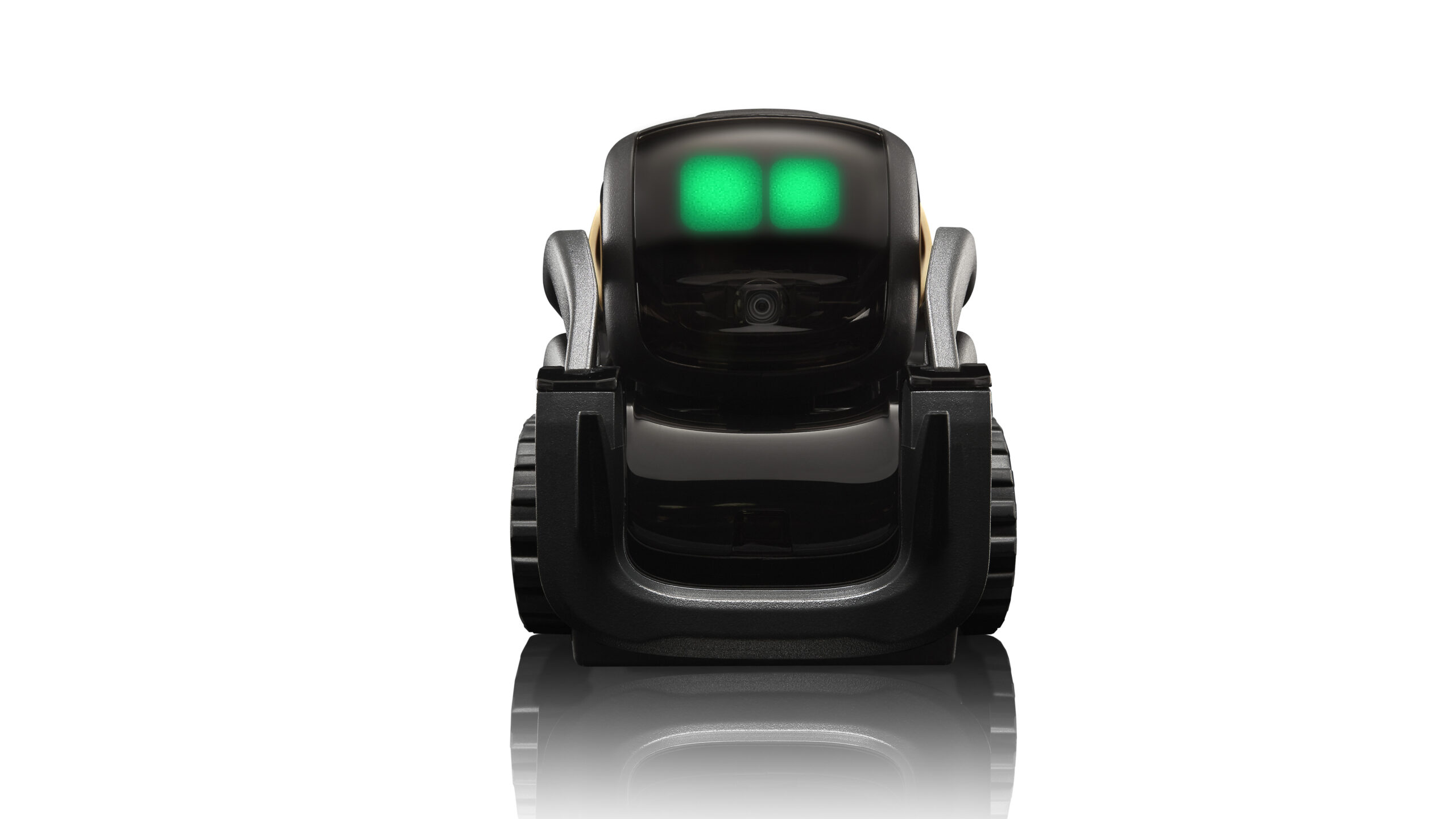Are reliable, affordable home robots destined to remain the stuff of Jetsons reruns? The market’s current trajectory has certainly begged the question. Bosch subsidiary Mayfield Robotics just this month put the kibosh on Kuri. LG’s CLOi home assistant suffered an embarrassing failure on stage at the 2018 Consumer Electronics Show. And a family-run Scottish grocery chain pulled SoftBank’s Pepper from stores after it struggled with customers’ dialects.
None of those failures, however, discouraged the team behind robotics company Anki from pursuing the dream — least of all Mark Palatucci, who cofounded the company with Boris Sofman and Hanns Tappeiner in 2010 and now serves as head of cloud AI and data science. He remains committed to the idea that someday every household will own a robot, and he’s hoping Vector is a small step toward that vision.

Unlock premium content and VIP community perks with GB M A X!
Join now to enjoy our free and premium membership perks.
![]()

![]()